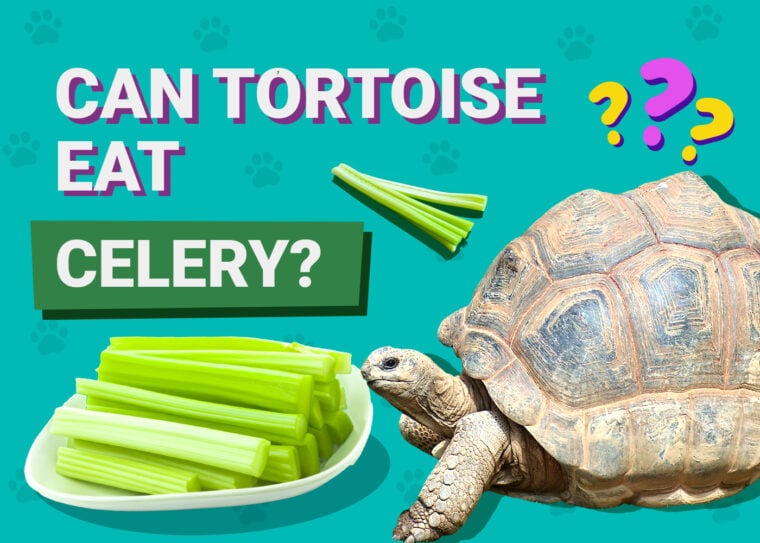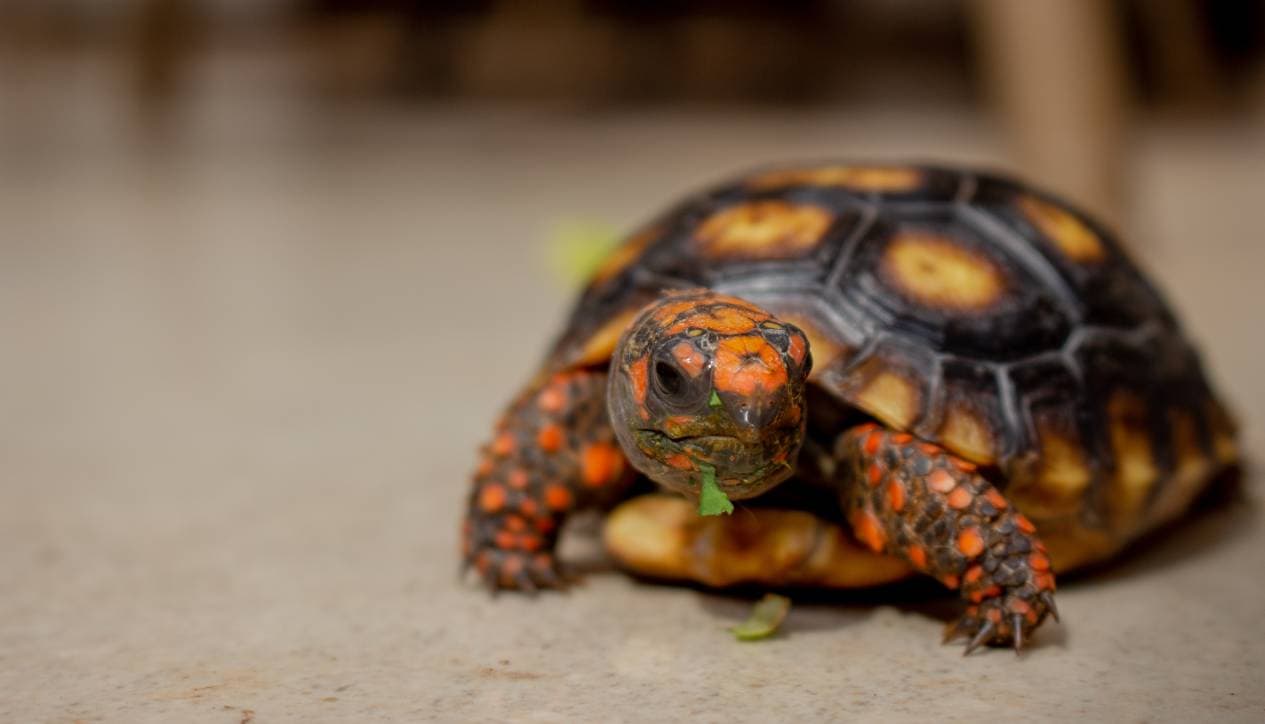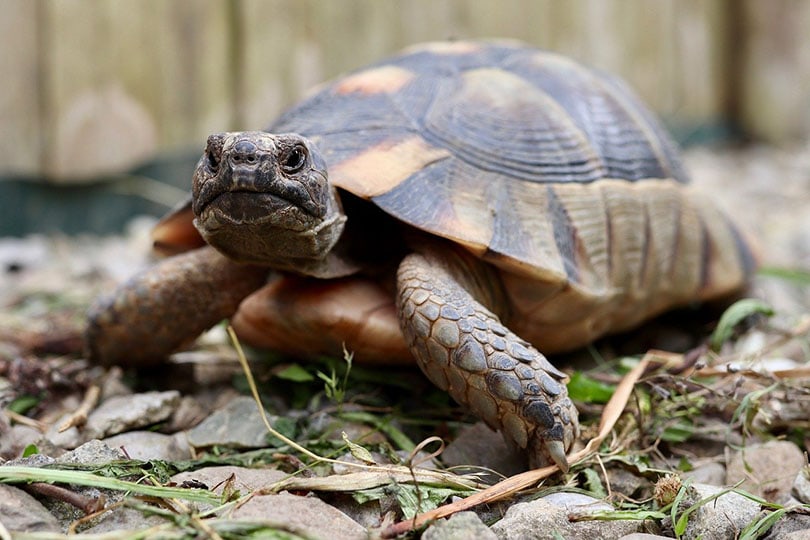
Tortoises are popular reptilian pets with long lifespans and intricate shell patterns. They are sometimes described as the reptile versions of dogs due to their inquisitive nature and interactive personalities. When it comes to taking the best possible care of your tortoise, diet is essential. Choosing nutritional foods will result in better health for your pet.
Some tortoise owners claim that celery is a good food for them to eat, but is it? It’s true that tortoises can safely eat celery, but we don’t recommend it. There are many better things to feed your tortoise.
Is Celery Safe for Tortoises?
Celery itself is not harmful to tortoises, and they can eat it in small amounts. The main issue with celery is that it has a strong taste that many tortoises will not want to eat. It can also be tough to chew, and small tortoises may struggle to eat celery properly. This can also be a choking hazard, so you should be sure you prepare it correctly before feeding it to your tortoise.
Celery is not toxic and is best fed alongside a varied diet full of nutritious veggies and fruit.

Is Celery Safe for Russian Tortoises?
It is perfectly safe for Russian tortoises! However, it should be fed sparingly, and you should aim to mix the celery with other leafy greens. The leaves are more nutritious than the actual stalks of celery, but both components have high amounts of valuable fiber. Russian tortoises do best on a diet with different fruits, vegetables, insects, and Russian tortoise commercial pellets.
Tortoise Nutrition Info
Tortoises are omnivores and eat a diet of plants, insects, and calcium sources. The diet varies depending on the species of tortoise you are keeping, and it is important to determine the type of tortoise you have before you begin feeding them certain foods.
Types of Tortoises That Can Eat Celery

All species of tortoises can eat celery. However, not every tortoise will take a liking to it. You can try to feed it on its own to see if your tortoise will eat it; otherwise, they will most likely only eat it if it’s chopped up into their daily salads.
It is important to know that some species of tortoises should not be fed too many vegetables, as it is not the main aspect of their diet. Here is a list to help break down which tortoises can safely consume large amounts of celery and which species should not.

How to Prepare Celery for Tortoises
Celery can be prepared at home so your tortoise can safely eat it. The celery should be purchased from an organic store and not picked from a garden or unknown outdoor area, as it can potentially contain harmful additives. These can be animal urine, pesticides, herbicides, or other chemicals.
Conclusion
Celery can make a good snack for many species of tortoises. If it’s fed alongside a healthy diet, your tortoise can benefit from the nutrients and fiber that celery contains. That said, it can be a choking hazard and must be prepared properly. If you want to be extra careful, it is best to consult a reptile veterinarian before feeding celery to your tortoise. You can also get direct portion sizes according to the weight and age of your tortoise.
Related Topics:
Featured Image Credit: McJapid, Pixabay








